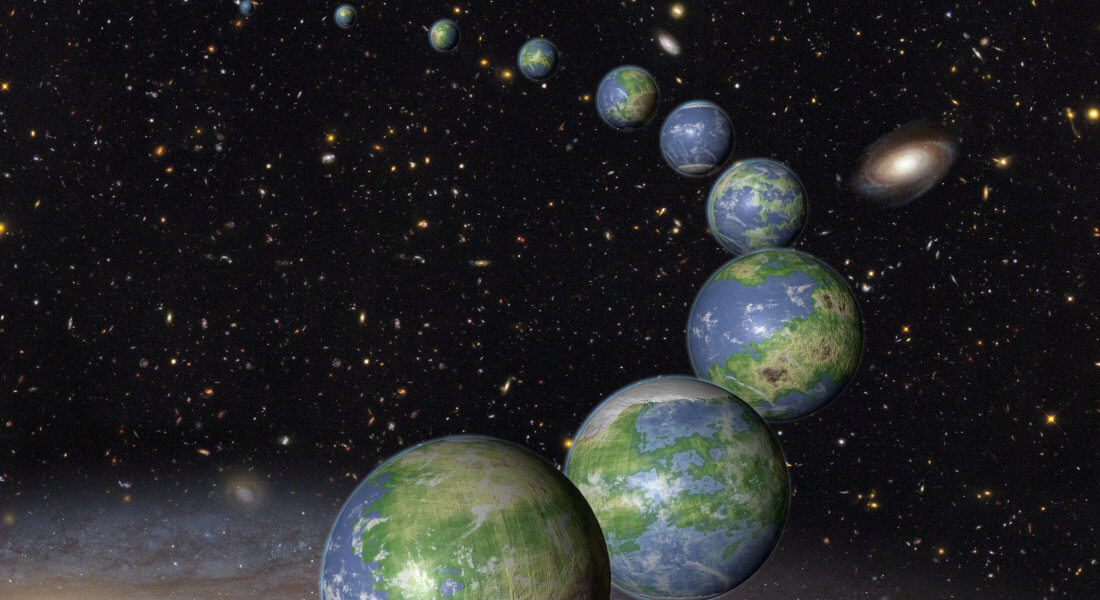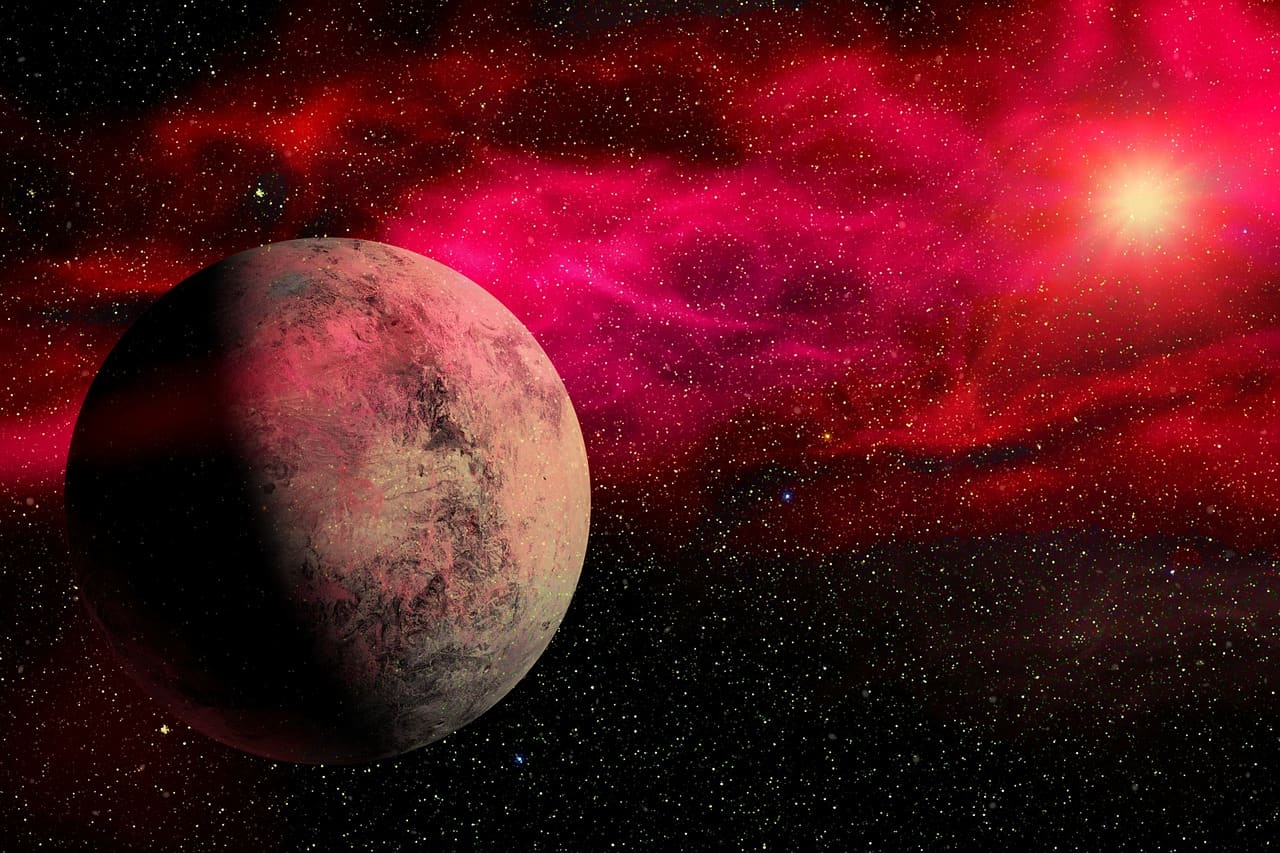Scientists studying space are constantly faced with new questions and queries to find out and discover more about our universe and other planets. One such question that keeps scientists up at night is whether there are other planets in the universe that have water and ideal conditions for life. To understand this, they need to explore the details of how water can exist on distant planets.
Scientists from Rutgers University have suggested that there may be many more planets similar to Earth that have liquid water.

“We know that the presence of liquid water is essential for life. Our work shows that this water can be found in places we had not much considered. This significantly increases the chances of finding environments where life could, in theory, develop,” said Lujendra Ojha, who is the lead author of this new study, in an official release.
In their recent study, they focused on planets that orbit M-dwarfs, which are stars smaller and cooler than our Sun. These types of stars are quite common in our galaxy, and many rocky and Earth-like planets have been found around them.
Once they identified a suitable star, the scientists used a computer model to investigate whether liquid water could be created and sustained on these exoplanets. The model considered factors like the heat generated within the planet that would keep the water in a liquid state.
“We found that when one considers the possibility of liquid water generated by radioactivity, it is likely that a high percentage of these exoplanets can have sufficient heat to sustain liquid water– many more than we had thought,” added Ojha.
“The new model shows that if the conditions are right, this could approach 1 planet [with liquid water] per star. So we are a hundred times more likely to find liquid water than we thought. There are around 100 billion stars in the Milky Way Galaxy. That represents really good odds for the origin of life elsewhere in the universe,” explained Ojha.

The scientists also proposed a similar possibility for subsurface liquid water on the frozen moons of Saturn and Jupiter. They suggested that the gravitational influences of these large planets could cause constant movement inside the moons, heating up the interior beneath their frozen surfaces.
“This is similar to the effect of our Moon on tides but much stronger. This makes the moons of Jupiter and Saturn prime candidates for finding life in our Solar System and many future missions have been planned to explore these bodies,” added Ojha.


